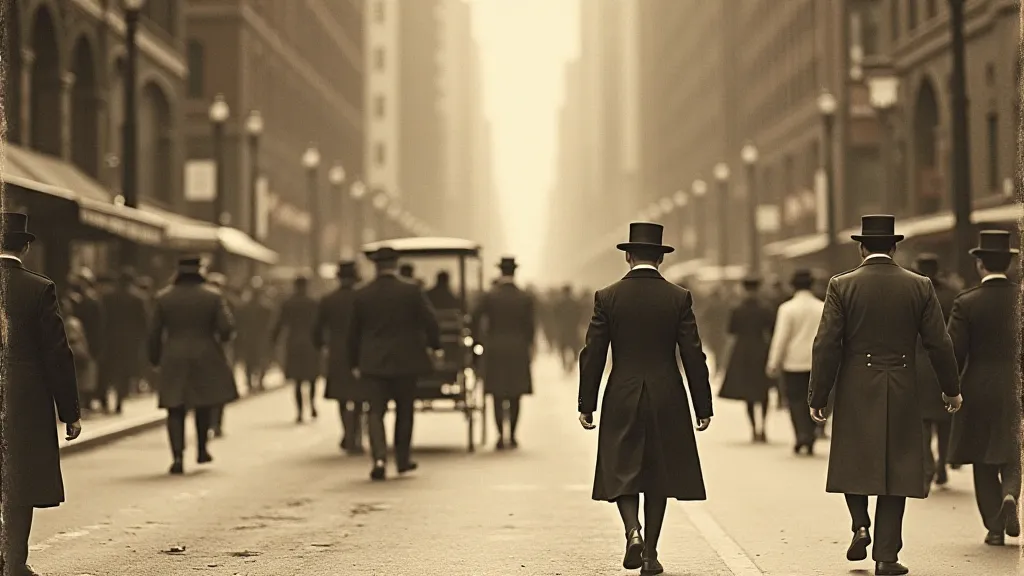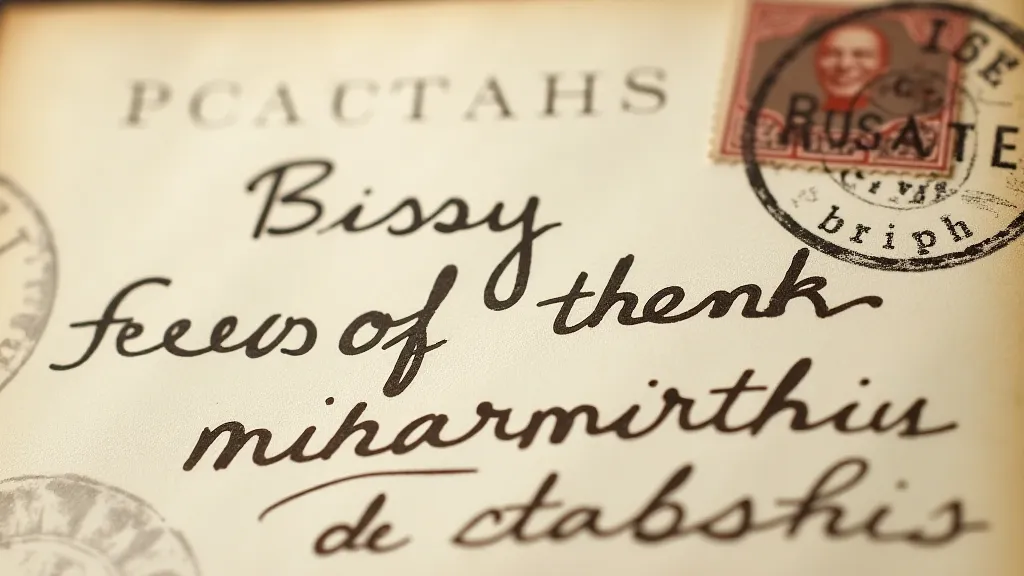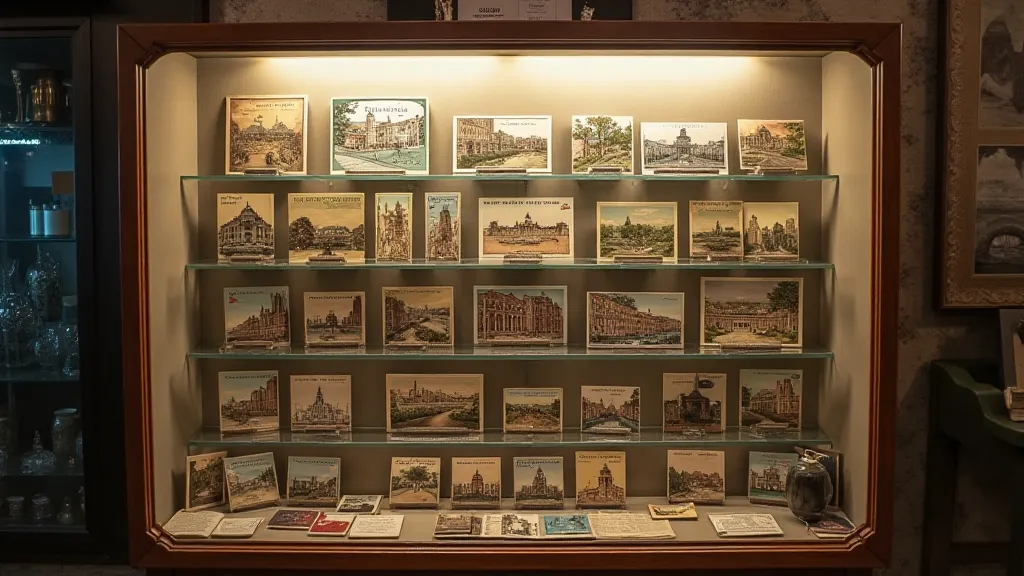The Serialized Metropolis: Deciphering Patterns in Postcard Series Collections
There’s a peculiar romance in holding an antique postcard. It’s more than just a piece of cardstock; it’s a tiny, tangible portal to a vanished era. When those postcards are part of a series, the experience deepens, transforming from a simple glimpse into the past to an engaging detective story. These “serialized metropolises,” as I like to think of them, offer far more than just pretty views – they offer clues about the city’s evolving image, the publishing industry of the time, and even the hopes and dreams of the people who purchased and sent them.
My own fascination with postcard series began with a single, dog-eared card depicting Pittsburgh’s Market Square in the 1910s. It was just one from a series titled "Pittsburgh: A Series of Artistic Views.” I remember being captivated by the number etched in the bottom corner – “No. 12.” It felt significant, like a key to understanding something larger. That initial curiosity blossomed into a years-long exploration of these photographic narratives of urban landscapes.
The Rise of the Series: An Industry Built on Repetition
The late 19th and early 20th centuries witnessed an explosion in postcard production. Technological advancements in photography and printing, coupled with a rapidly expanding postal system and burgeoning middle class eager to communicate, fueled this phenomenon. Suddenly, sending a postcard became the affordable, accessible equivalent of a personal visit. Publishers quickly realized the potential for profitability through series. Producing multiple cards of the same city – and then variations of that city – allowed them to capitalize on demand and generate consistent sales.
Early series were often characterized by a sense of artistic ambition. Publishers employed skilled photographers, sometimes even painters, to create the original images. These weren't just snapshots; they were carefully composed views, intended to showcase a city at its best. The numbering system itself was a deliberate choice – a method for organizing and marketing these images. Early numbering was often sequential, simply listing cards in the order they were printed. However, as publishers realized the potential for creating thematic collections, numbering became more complex, grouped by neighborhood, district, or even specific landmarks. Consider how these visual representations can illustrate, over time, the geographer's palette documenting the city’s evolving form.

Deciphering the Numbers: More Than Just a Sequence
Understanding the numbering system is crucial to unlocking the story behind a postcard series. Simple sequential numbering, as mentioned, is the easiest to interpret – it gives you a rough chronology of when the images were produced. However, more elaborate systems often require a bit more detective work.
For example, some series utilized a three-part numbering system: “District – Landmark – Number.” This instantly tells you not only the city and the specific location depicted, but also allows you to create a mental map of the city's visual identity at the time. Other series employed alphabetical designations – “A-1,” “B-2,” “C-3” – which could indicate different viewpoints or variations of the same subject. The challenge, and the fun, lies in uncovering the publisher's logic.
The rarity of a specific number within a series can also offer surprising insights. Low-numbered cards are almost universally more valuable, often due to their age and historical significance. However, exceptionally high-numbered cards, particularly from series with a limited scope, can also be surprisingly sought after, offering a glimpse into the tail end of a publishing run or the evolution of a particular photographer’s work. Sometimes, a seemingly ordinary postcard can inadvertently capture a vanishing skyline—a lost landmark frozen in time, a poignant reminder of what once was.
The Craftsmanship & Cultural Context
Beyond the numbers, appreciating the craftsmanship is paramount. Examine the photographic printing techniques. Early postcards often utilized albumen or platinum prints, known for their incredible detail and tonal range. Later cards transitioned to cheaper, mass-produced processes like photogravure, which while vibrant, lack the subtlety of earlier methods. The quality of the printing reflects the publisher's priorities – were they striving for artistic merit, or prioritizing quantity?
The backs of these postcards are equally revealing. Early backs were blank, requiring the sender to write directly onto the card. This often resulted in charmingly handwritten messages, offering a personal connection to the past. Later, publishers began to print divided backs, allowing for both address and message. The pre-printed greetings and advertisements on these backs provide a snapshot of the cultural trends and consumerism of the era. They offer a window into the longing and displacement so often expressed through these small tokens—a kind of cartography of longing, charting not just geographical locations but also emotional journeys.

Restoration and Preservation: Respecting the Past
Restoration is a delicate matter with antique postcards. The goal isn’t to create a perfect, pristine card, but rather to stabilize its condition and prevent further deterioration. Minor cleaning with archival-quality materials can remove surface grime and brighten the image. However, aggressive cleaning or attempts to “repair” damage can actually decrease the card's value and historical integrity.
Proper storage is essential. Storing postcards in acid-free sleeves and boxes protects them from light, moisture, and pollutants. Handling cards with clean, dry hands minimizes the risk of transferring oils and contaminants. The aim is to preserve these small windows into the past, allowing future generations to appreciate the beauty and historical significance of these remarkable artifacts.
The Artists Behind the Image
It’s easy to take these postcards for granted, viewing them as commonplace items of communication. However, a significant amount of artistic effort and skill went into their creation. Many of these early postcards were produced by relatively anonymous photographers – the concrete dreamers behind the panoramic views that captured the imagination of a generation. Their work, often undervalued in its own time, offers a fascinating glimpse into the lives and creative processes of these forgotten artists.
Expanding the Narrative: Understanding the Social Context
To truly appreciate the significance of antique city postcards, it's important to consider the social and economic context in which they were produced and consumed. Postcards weren't just about pretty pictures; they were powerful tools for shaping public perception, promoting tourism, and fostering a sense of national identity. They reflect a society rapidly changing, embracing new technologies and seeking new ways to connect. The act of sending a postcard became a ritual, a tangible link between sender and receiver across distances—a connection forged through shared experience and visual representation.
Beyond the Image: The Power of the Message
While the image itself holds immense historical value, the messages inscribed on the backs of these postcards offer an invaluable glimpse into the personal lives of those who sent and received them. These brief snippets of correspondence – often humorous, sentimental, or simply mundane – provide a profound sense of connection to the past. They remind us that these were not just artifacts; they were cherished mementos of relationships, shared experiences, and fleeting moments in time. Deciphering these messages is like uncovering a hidden narrative, adding another layer of meaning to the visual representation.
The Ongoing Fascination: A Legacy of Visual Storytelling
The enduring popularity of antique city postcards speaks to our innate desire to connect with the past, to understand the evolution of the places we call home. They offer a unique and accessible entry point into history, allowing us to step back in time and experience the world through the eyes of those who came before us. As technology continues to reshape our lives, the humble postcard serves as a powerful reminder of the enduring value of tangible connections, visual storytelling, and the beauty of a bygone era.






